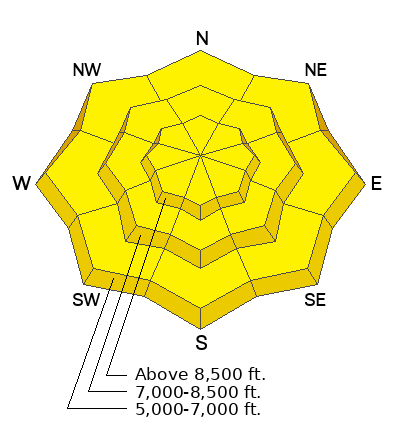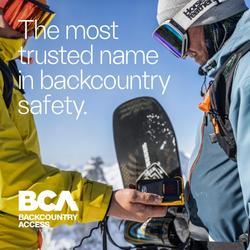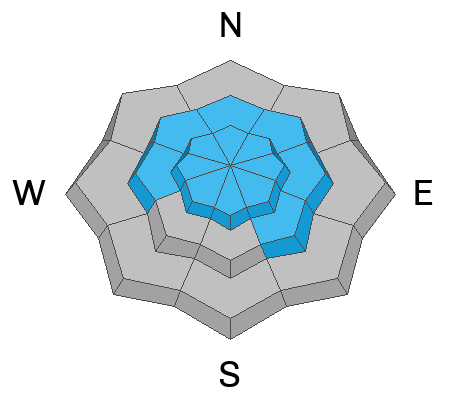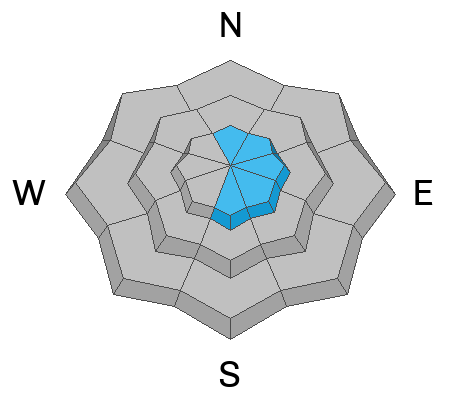Forecast for the Logan Area Mountains

Issued by Toby Weed on
Saturday morning, February 3, 2024
Saturday morning, February 3, 2024
The avalanche danger is MODERATE in the Logan Zone. People could trigger shallow but long-running loose or soft slab avalanches of heavy new snow on slopes steeper than 30° at all elevations. Drifting by wind blowing from the west will create wind slabs in exposed upper-elevation terrain that will be easily triggered. Although becoming more unlikely, dangerous human-triggered hard slab avalanches failing on a persistent weak layer are possible in isolated rocky terrain with shallow snow cover.
Evaluate snow and terrain carefully. Avoid steep slopes where you might be carried by small avalanches into terrain traps below, like trees, cliff bands, or gullies, and steep rocky areas with shallow overall coverage.

Low
Moderate
Considerable
High
Extreme
Learn how to read the forecast here







